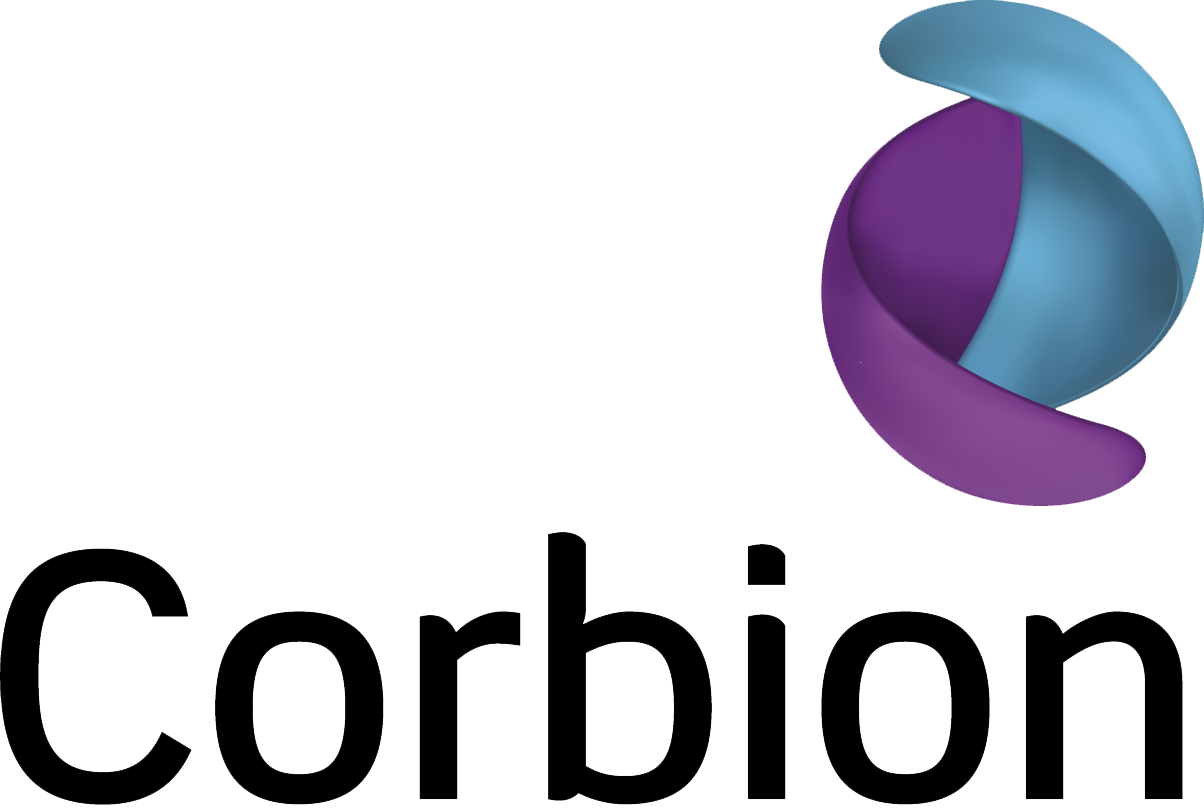EU taxonomy
The EU taxonomy of sustainable economic activities is a tool to help investors understand whether an economic activity is environmentally sustainable and consistent with high-level policy commitments such as the Paris Agreement.
To classify an activity as “environmentally sustainable,” a distinction between taxonomy-eligibility and taxonomy-alignment is required. If an activity meets the description in the EU taxonomy delegated regulations, it is considered taxonomy-eligible. Activities can be considered “environmentally sustainable” if the following criteria are met (taxonomy-alignment):
-
-
Contribute substantially to at least one of six environmental objectives listed in the taxonomy; and
-
Do no significant harm to any of the other objectives while meeting the minimal social safeguards, aligning with the UN Guiding Principles and the OECD Guidelines.
-
The six environmental objectives of the taxonomy are: (1) climate change mitigation, (2) climate change adaptation, (3) sustainable use and protection of water and marine resources, (4) transition to a circular economy, (5) pollution prevention and control, and (6) protection and restoration of biodiversity and ecosystems.
A first delegated act on sustainable activities for climate change adaptation and mitigation objectives was published in 2021 and is applicable since January 2022. In 2023, the European Commission adopted the Taxonomy Environmental Delegated Act (2023/2486), which defines the technical screening criteria of the four other environmental objectives. The Climate Delegated Act was amended by the Delegated Regulation (2023/2485), adding additional eligible economic activities.
The tables on the next pages disclose the eligibility and alignment of Corbion’s business activities with the EU taxonomy, which was determined in two steps. In step one, the economic activities defined in the final Taxonomy Environmental Delegated Act were screened for applicability to Corbion, to determine which of Corbion’s business activities are eligible.
Corbion produces several ingredients that enable our customers to reduce their Scope III GHG emissions. These business activities are considered to be eligible for climate change mitigation because they can be classified as activity number 3.6: Manufacture of other low carbon technologies. This activity includes technologies that are aimed at and demonstrate substantial life-cycle GHG emission savings compared to the best performing alternative solution available on the market.
The following activities are considered eligible for climate change mitigation:
-
Manufacture of AlgaPrime™ DHA, which is applied in feed for aquaculture, pet food, terrestrials etc. as an alternative for fish oil.
-
Manufacture of lactic acid for the production of PLA bioplastics, as an alternative for fossil based plastics such as polystyrene.
Supporting activities, such as the operation of waste water treatment facilities (5.3 CCM), the renovation of existing buildings (7.2 CCM), charging stations at sites (7.4) and renewable energy technologies on site (7.6) are excluded from the KPI reporting tables because the OPEX and CAPEX related to these activities are not material.
None of Corbion’s business activities are considered to be eligible for climate change adaptation, water, circular economy, pollution, and biodiversity.
In step two, compliance with the substantial contribution criteria — the do-no-significant-harm (DNSH) criteria and the minimum safeguards — was assessed to determine alignment. Alignment with the substantial contribution criteria for climate change mitigation requires demonstration of substantial life cycle GHG emission savings compared to the best performing alternative solution available on the market. In the context of the taxonomy, Corbion interprets life cycle GHG emissions as cradle-to-gate emissions. This choice reflects the activities of the sector manufacturing, hence the activities that Corbion operates and can influence. Corbion manufactures intermediate chemicals, ingredients and solutions with many potential downstream applications and disposal approaches, each with different GHG emissions. In many cases the use and end of life is not known. In this case, the choice of a cradle-to-gate approach is accepted by relevant LCA guidance and standards (WBCSD Chemicals, 2014; European commission, 2021).
For all eligible activities, substantial cradle-to-gate life cycle GHG emission savings compared to the best performing alternative solution available on the market can be demonstrated based on peer-reviewed LCA studies for Corbion’s manufacturing sites and on publicly available data for alternative solutions on the market.
Corbion has performed a third party verified LCA for AlgaPrime DHA and we have published an article in a scientific peer reviewed journal comparing the GHG emissions for omega-3 DHA to fish oil. This study shows that omega-3 from AlgaPrime DHA have 30% to 40% lower GHG emissions than omega-3 produced from fish oil. Fish oil is the commercial source of omega-3 available for these applications, therefore considered the best performing alternative. Corbion’s sells AlgaPrime DHA to customers in the aquaculture feed, pet food and terrestrial feed sectors as an alternative for fish oils, enabling these customers to substantially reduce GHG emissions in their respective sectors.
Corbion has performed a third party verified LCA for the production of PLA bioplastics from lactic acid, that was published in a scientific peer-reviewed journal in 2019. Compared to the carbon footprint of fossil-based plastics (Plastics Europe, Eco-profiles), which are the best performing alternatives available on the market, the carbon footprint of PLA based on Corbion’s lactic acid is substantially lower (69% to 78%), which enables plastics users to substantially reduce their Scope 3 GHG emissions by replacing fossil based plastics with PLA.
Alignment with the DNSH criteria for climate change adaptation is determined based on a screening for physical risks, a climate risk and vulnerability assessment for the identified risks and an assessment of adaptation solutions for the manufacturing sites of AlgaPrime DHA in Orindiúva, Brazil and of lactic acid for PLA in Rayong, Thailand. Based on the outcome of this analysis, we conclude that the manufacture of AlgaPrime DHA and the manufacture of lactic acid and derivatives meet the DNSH criteria for climate change adaptation.
Alignment with the DNSH criteria for water, circular economy, and biodiversity is determined based on compliance with local laws, the environmental management systems and ISO certification. Our lactic acid manufacturing site in Rayong, Thailand is ISO 14001 certified and our AlgaPrime DHA manufacturing site in Orindiúva, Brazil, is preparing for ISO 14001 certification. Both sites comply with Corbion’s waste policy, which aims for the elimination of landfill by 2030 through waste reduction and prioritization of recycling and reuse. AlgaPrime DHA and PLA are 100% biobased and produced from annually renewable agricultural raw materials. None of these manufacturing sites are located near biodiversity-sensitive areas. Based on this, we consider the manufacture of AlgaPrime DHA and of lactic acid for the production of PLA aligned with the DNSH criteria for water, circular economy, and biodiversity.
Alignment with the DNSH criteria for pollution is determined by assessing the (potential) presence of the hazardous products listed in Appendix C of the Climate Delegated Act. AlgaPrime DHA is produced by fermentation of sugar using algae, followed by minimal downstream processing and formulation steps. Due to the use of certain processing aids, AlgaPrime DHA contains low concentrations of a substance that meets some of the criteria set out in Article 57 of REACH and of a substance that may meet some of the criteria (under assessment authorities). The manufacture of AlgaPrime DHA therefore currently does not meet the DNSH criteria for pollution. Research to eliminate these substances by the use of alternative processing aids is in progress and a first product has been launched free of this substance.
Lactic acid is produced by fermentation of sugar using microbes, followed by downstream processing and product formulation steps to produce many different derivatives. None of the hazardous products listed in Appendix C of the Climate Delegated Act categories a-b-c-d-e-f-g are used as raw materials or processing aids. Based on the manufacturing process and the fact that none of the listed substances are used, it is extremely unlikely that any of the substances will appear as impurities in lactic acid or its derivatives. Based on this, we consider the manufacture of lactic acid for the production of PLA aligned with the DNSH criteria for pollution.
Corbion’s Business Conduct Program, Human Rights, Anti-Corruption, Taxation and Fair Competition Policies meet the minimum safeguards. See Risk management for details on our global Business Conduct Program, Anti-Corruption, Taxation, and Fair Competition Policies and Sustainability performance for more information on human rights and labor practices.
Under the current definitions of the EU taxonomy, the majority of Corbion’s business activities cannot be assessed for alignment, because they are not yet included in the taxonomy and therefore not considered eligible.
Compared to Corbion's SDG assessment, which determines the alignment of Corbion's activities with the UN Sustainable Development Goals, the EU taxonomy excludes the contribution of biobased chemicals and of food waste reduction to climate change mitigation. In addition, the EU taxonomy currently focuses mainly on environmental objectives. Corbion's SDG assessment also considers social objectives, specifically activities that contribute to SDG 2 (Zero hunger) and SDG 3 (Good health and well-being).
Corbion does not engage in any Nuclear or Fossil Gas activities. The required tables in Annex XII of the Consolidated Complementary Delegated Act can be found on our website.

